new jersey tea plant care
New Jersey tea Ceanothus americanus is a plant. An acidic mulch such as pine needles will help retain the proper soil pH.

Wildflower Of The Year 2019 New Jersey Tea Ceanothus Americanus Virginia Native Plant Society
New Jersey Tea is excellent as a shrub border and a is a fabulous addition for native plant gardens.
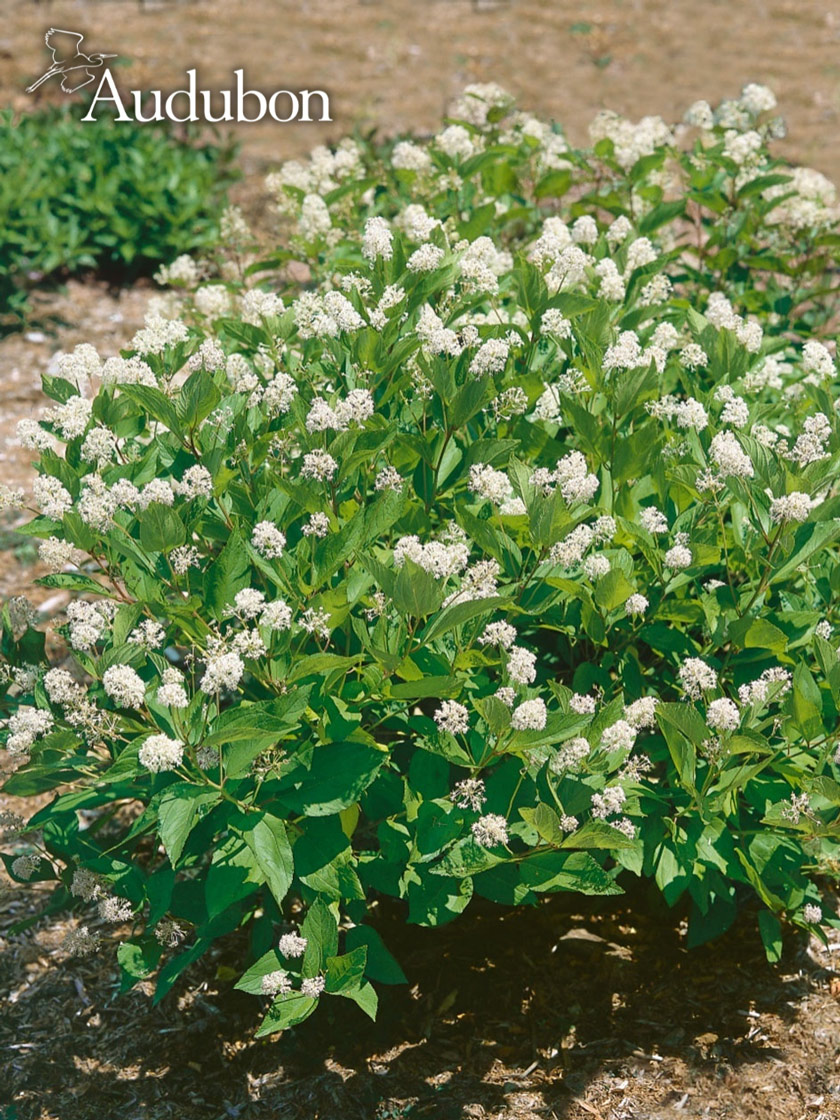
. It is often found in high quality prairies oak savannas and dry open sandy areas. In conjunction with bacteria New Jersey tea fixes nitrogen in the soil much like many legumes. New Jersey tea.
They wont tolerate standing water so elevate them in raised beds if you need to improve drainage. New Jersey can also be planted in landscaped settings where it needs full to partial sun and dry to medium moisture soils. Distribution map for Ceanothus americanus from the New York Metropolitan Flora Project.
Tolerant of poor soils. 24-36 tall x 36 wide. Grow New Jersey Tea in either full sun or partial shade.
Leaves are oblong with an attractive rough surface and a border of tiny teeth. Ruby Infusion New Jersey Tea Care Plant Ruby Infusion in an area with full sun to light shade in average well-drained moist to dry garden soil. It can tolerate drought poor soils and strongly acidic to neutral soils.
Fertiliz ing Tea plants usually dont need to. New Jersey tea has been. When the top 2-4 inches of soil is dry water the plant deeply.
Let the soil drain and dont let the pot sit in water. Easily grown in average dry to medium well-drained soils in full sun to part shade. Full Shade Full Sun Partial SunShade Pests and Problems.
The plants will mature in 2 to 3 years and they are very long-lived. Ceanothus americanus is a small densely branched shrub anchored by a sturdy taproot. The attractive flowers are white and composed of many tiny fragrant.
Keep an eye out for leaf spot and powdery mildew. Tea plants need plenty of water. Tolerates dry conditions and rocky soil.
Its essential to let the soil dry out between each watering though to avoid waterlogging the plant. Buds occur at all leaf axils of current years stems and branches. New Jersey Tea Ceonothus americanus plant is excellent for.
Best in sandy loams or rocky soils with good drainage. Small Medium Large Exposure Light Requirements. Special Features Special Usage Edible Fragrant Basic Description.
Tea plants in the garden require well drained slightly acidic soil. Water your New Jersey tea. Otherwise tea plant care isnt complicated.
Shrub borders or background plant in border or native garden. It can form suckers at its base and typically takes on a rounded growth form. It does NOT like heavy wet soils.
Propagate by seed cold stratified for one month semi-hardwood cuttings softwood cuttings. Culture Easily grown in average dry to medium well-drained soils in full sun to part shade. You can easily grow them in well-drained soils in either full sun or part shade.
Hardiness rating is from USDA Zones 4-10. Sign-in or create an account to submit a question. New Jersey Tea has a slow to moderate growth rate.
For best results plant your New Jersey tea in a soil mixture that is sandy loamy and well-draining. A deep tap root makes this small shrub very drought tolerant once established. 4 - 8 Mature Height.
So youll be putting plants together that belong together so long as thats where you live too. However if being grown in. New Jersy Tea grows best in well-drained sandy loam or rocky soils in full sun to partial shade.
Cultivation and management New Jersey tea can be grown from seed flowers in third to fourth year or. Avoid full shade as tea plants in sun are more robust. Establishment and Care Instructions Grow in light well-drained soil.
It flowers best in a full sun situation but also does well in partial shade. New Jersey Tea was a name coined during the American Revolution because its leaves were used as a substitute for imported tea. New Jersey Tea Ceanothus americanus is a multi-stemmed shrub that rarely exceeds 3 or so in height.
With a stout deep taproot and excellent regrowth abilities New Jersey tea is resistant to drought fire and deer. Easy to grow this plant is difficult to transplant once established. The root root bark and leaf of the plant have been used to make medicine.
No serious pest or disease issues. New Jersey tea also known as wild snowbell or redroot thrives in a wide variety of soil types from average to poor deep to. 6 hours of sun a day and a well drained site are optimal.
Summer flower panicles are borne on terminal growth. Best in sandy loams or rocky soils with good drainage. If you are wondering how to grow a New Jersey tea shrub all you have to do is site the plant appropriately.
New Jersey tea plants will thrive best if located in a spot that boasts full sunlight. New Jersey Tea Care Light. Because of its deep root system it is great for use in erosion control on slopes but this also makes it difficult to transplant.
If your site is dry and sunny here are a few possible companions that do well in the same conditions. Dry Soil and Full Sun. Stems branches and trunks are round terete.
It is drought tolerant once established and tolerates road salt. In fact New Jersey tea shrub care is minimal. While it may have been formerly common here in north Jersey two factors seem to have conspired against its widespread persistence in the current flora.
Combine all of these and youll have. Also effective as a shrubby ground cover in difficult areas such as rocky slopes. Drought Drowning and Edema Hardiness Zone.
New Jersey Tea Ceanothus americanus. Thats because New Jersey tea shrubs are low maintenance plants that tolerate drought and thrive in dry soil shallow soil and rocky soil. Flowers of New Jersey Tea.
Sharply drained soils are important to keep your shrub healthy. Excellent plant for sunny areas banks and slopes shrub borders or native plant gardens. It is also effective as a shrubby ground cover for hard-to-grow areas such as dry rocky slopes and banks.
Full or dappled sunlight is ideal as are temperatures between 55 and 90 F. This plant can grow in full to partial sun and very dry to average moisture. They need at least four hours of sunlight a day and prefer morning sun and afternoon shade.
With two exceptions both noted all of the plants mentioned have similar native ranges to the New Jersey Tea. Thick woody red roots go deep and help plant withstand droughty conditions but make established shrubs difficult to. No pruning or deadheading is needed except to remove suckers to prevent the plant from spreading.
New Jersey tea commonly found in prairies dry open woodlands and sunny glades grows to a mature height and width of about three feet.

Ceanothus Americanus New Jersey Tea Qt Super Plugs
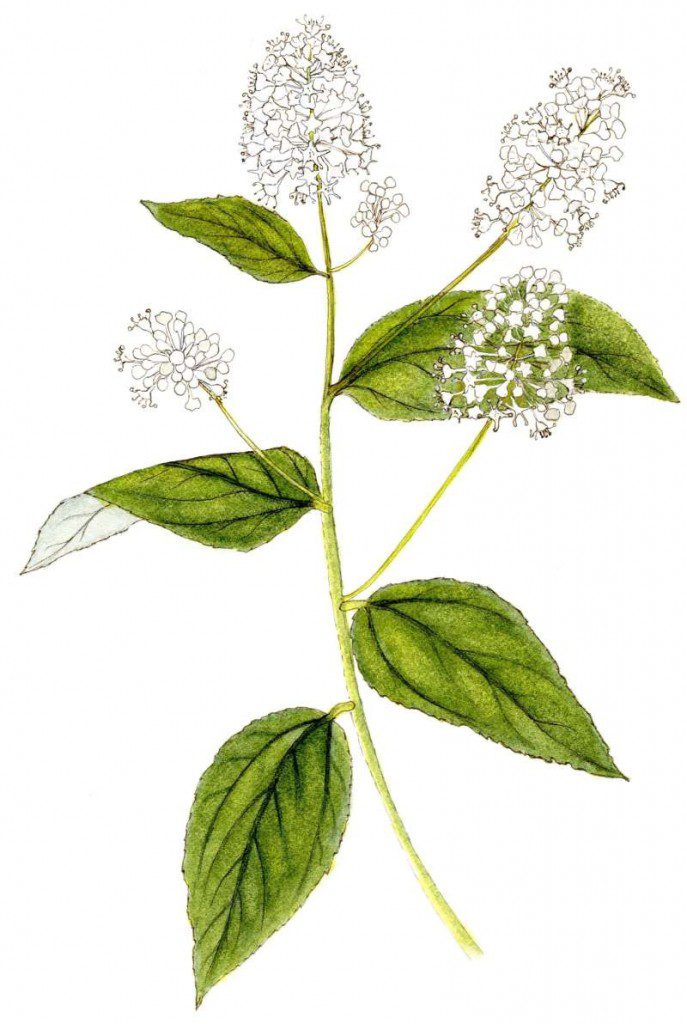
Wildflower Of The Year 2019 New Jersey Tea Ceanothus Americanus Virginia Native Plant Society
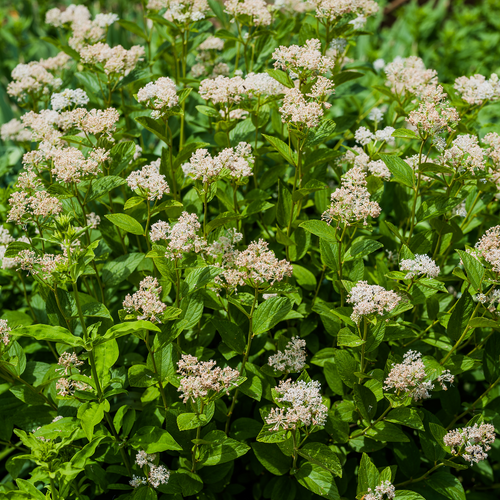
Bare Root New Jersey Tea Ceanothus Americanus Monticello Shop
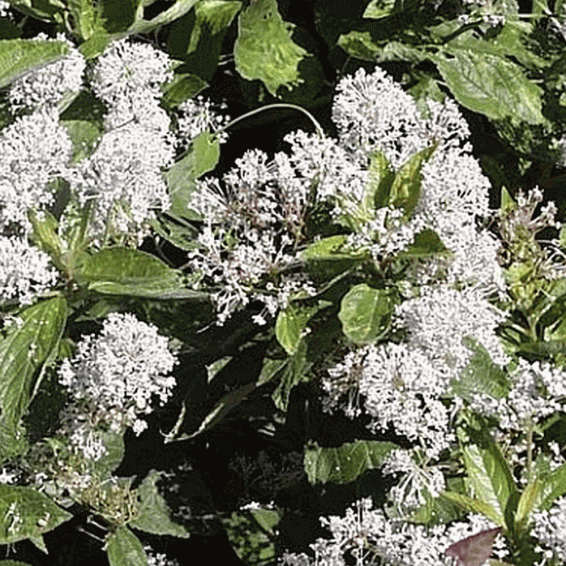
New Jersey Tea Seeds Ceanothus Americanus Seeds

New Jersey Tea Native Shrubs Johnson S Nursery Knowledgebase

Audubon New Jersey Tea Potted Shrub For Sale Gardener S Supply

Ceanothus Americanus New Jersey Tea

New Jersey Tea Ceanothus Americanus Prairie Nursery

Ceanothus Americanus Mountain Snowbell New Jersey Tea North Carolina Extension Gardener Plant Toolbox

New Jersey Tea Ceanothus Americanus 3 5 Pot Blazing Star Gardens Garden Shrubs Native Plants Plants
Ceanothus Americanus New Jersey Tea From New Moon Nurseries

Ceanothus Americanus New Jersey Tea

New Jersey Tea Ontario Native Plants

Growing Native New Jersey Tea Ceanothus Americanus Melinda Myers

How About Growing This New Jersey Tea Plants Organic Vegetables Native Plants
Ceanothus Americanus New Jersey Tea From New Moon Nurseries
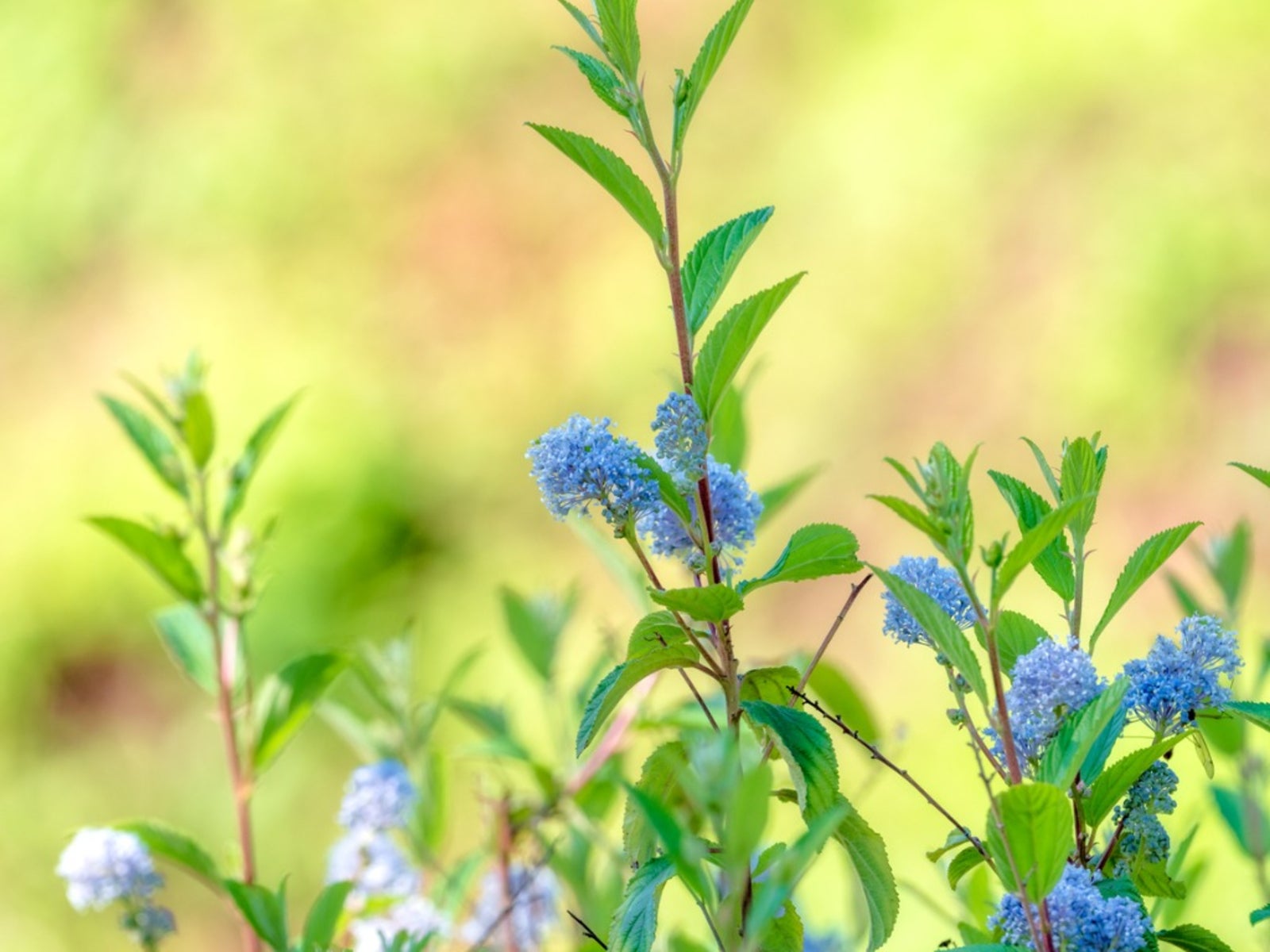
What Is A New Jersey Tea Plant Guide To New Jersey Tea Shrub Care

Ceanothus Americanus Mountain Snowbell New Jersey Tea North Carolina Extension Gardener Plant Toolbox
